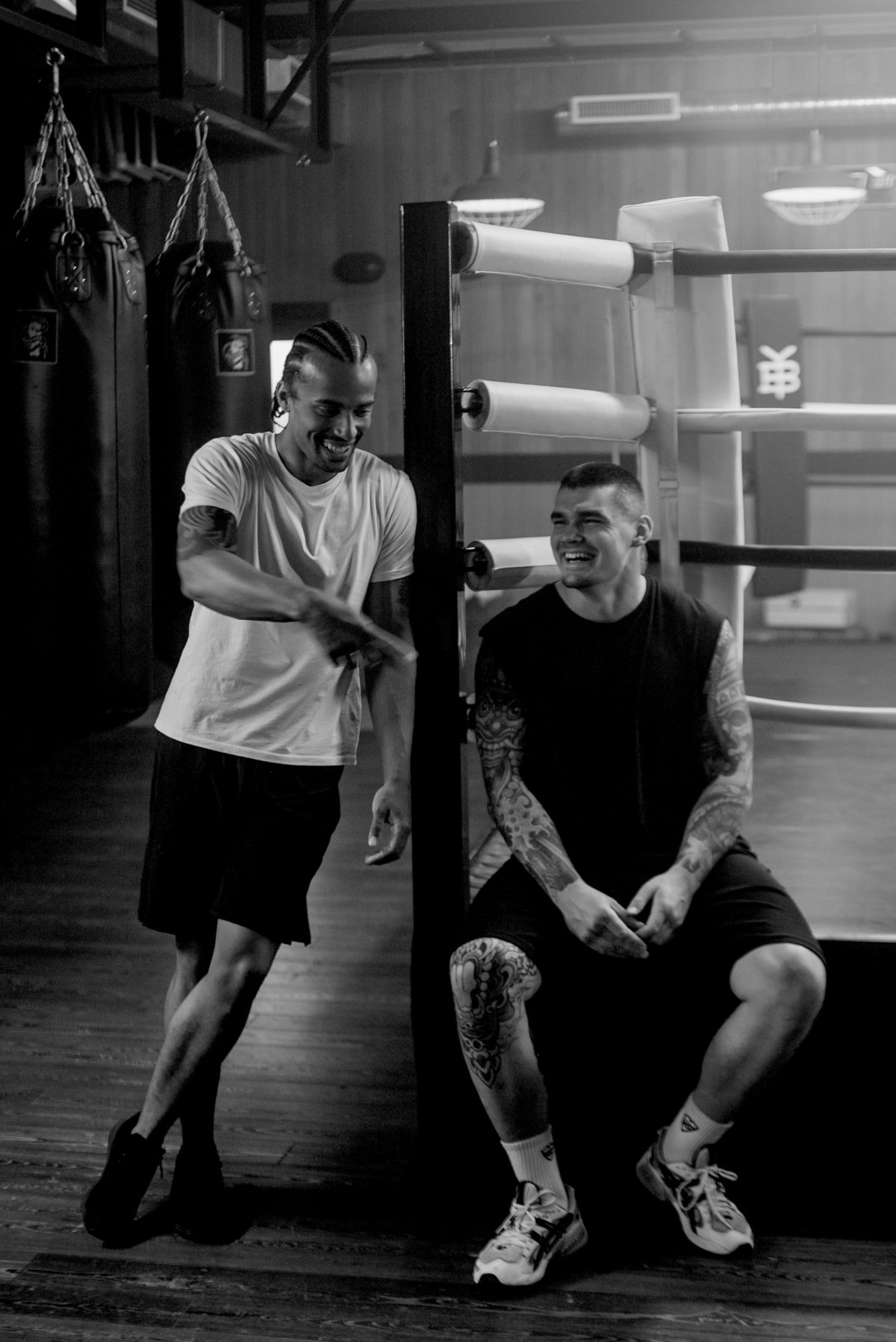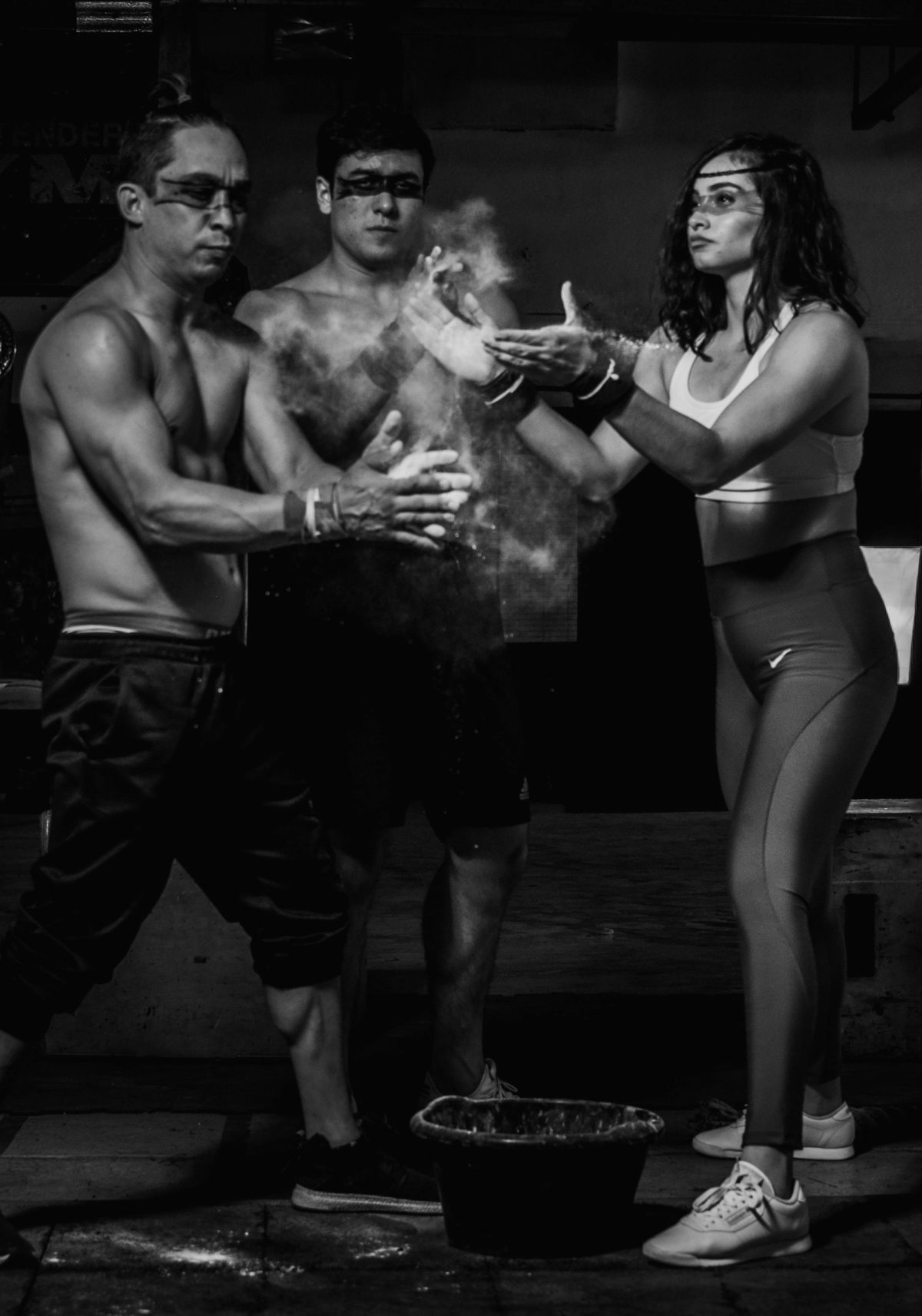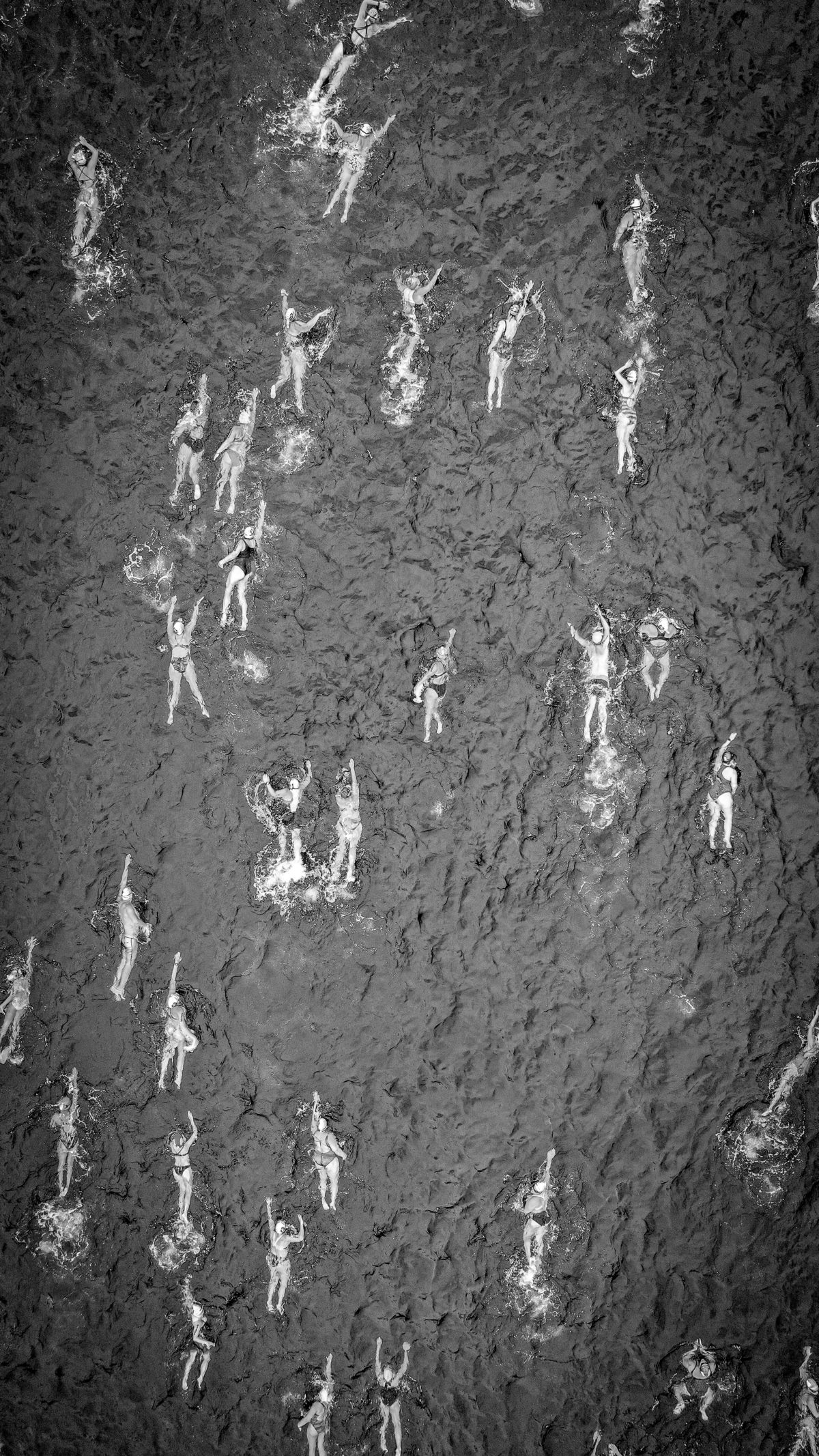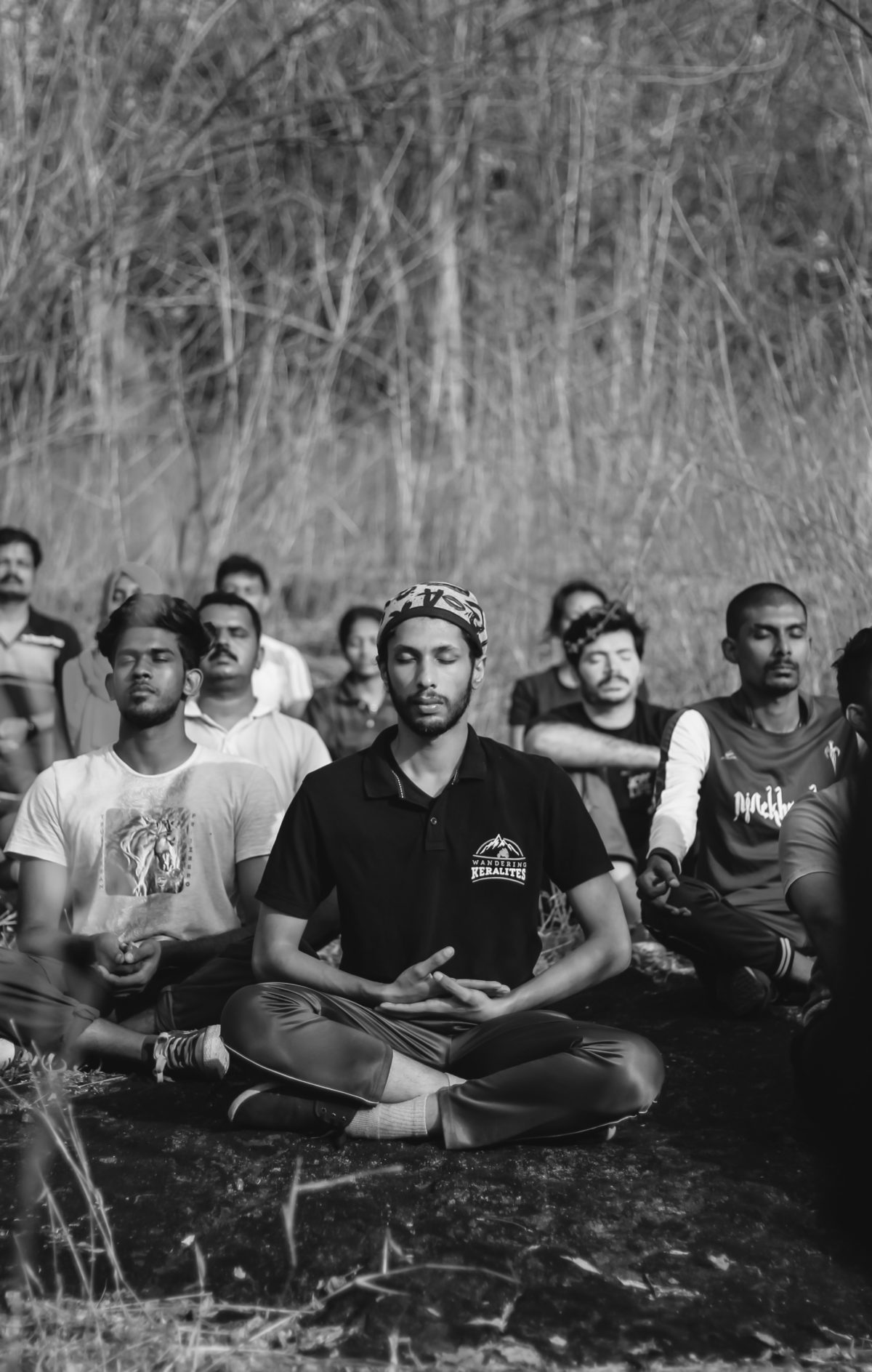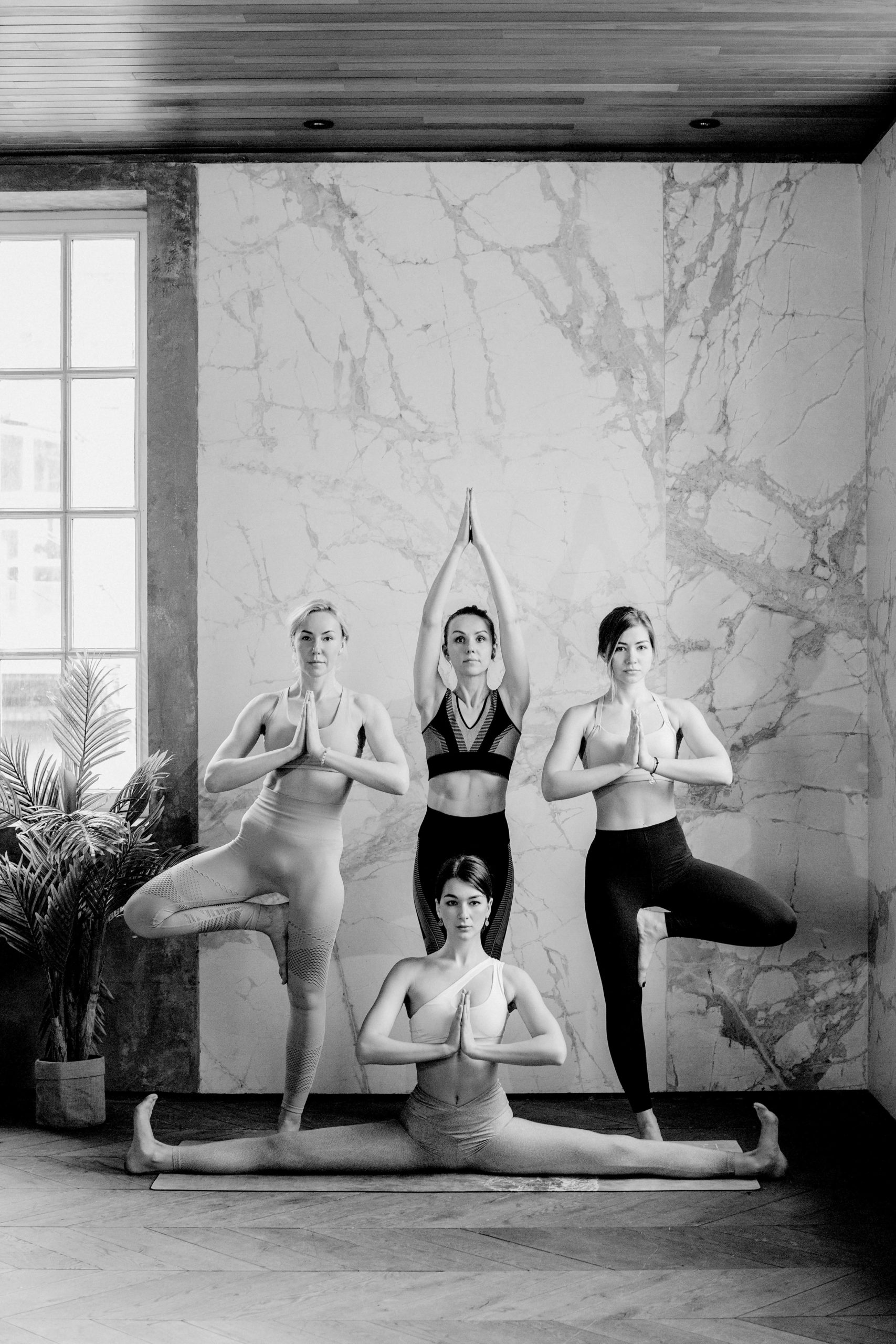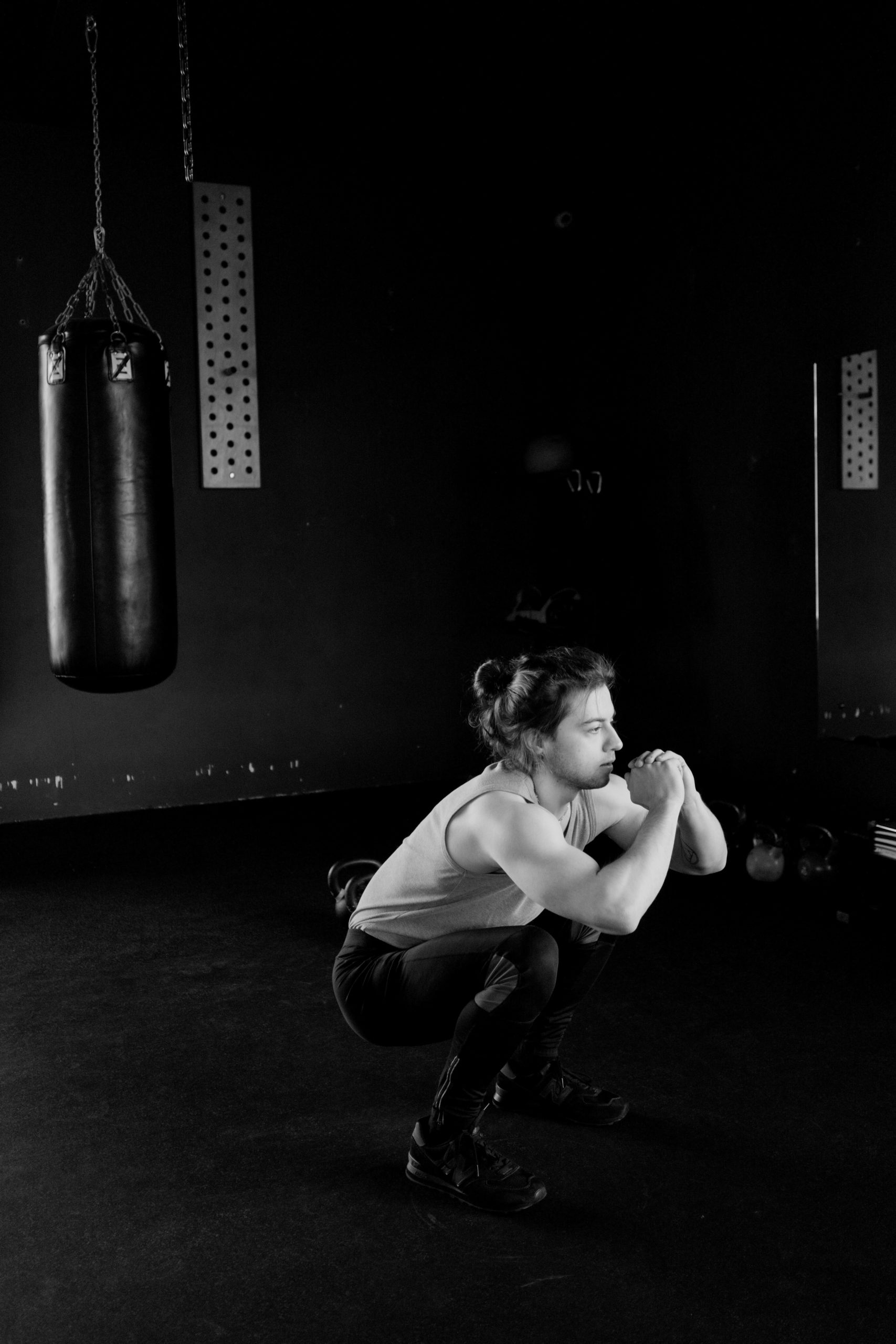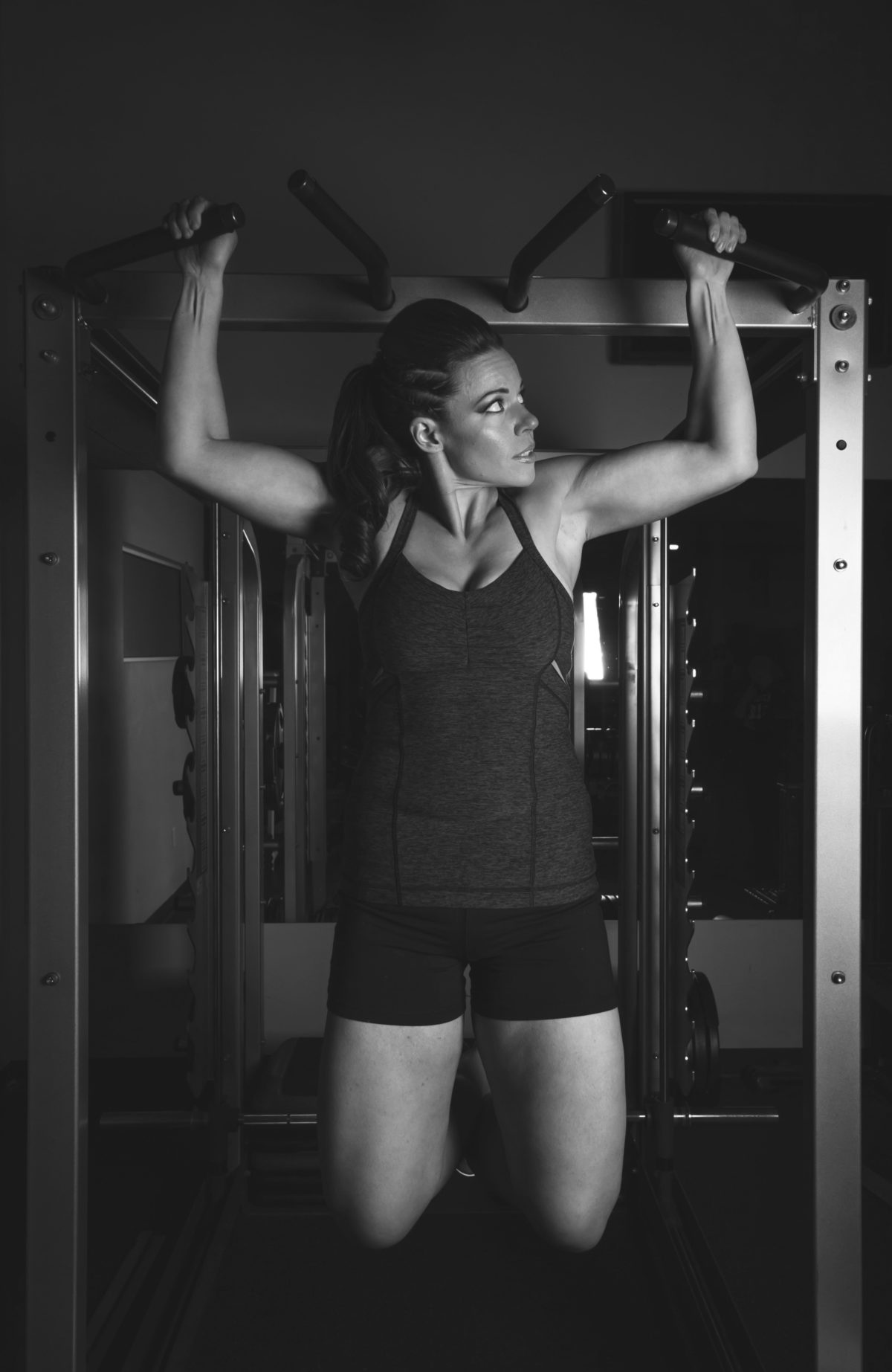So I have been debating writing this for a while. But due to recent events, I decided it was the right time. I am tired of seeing inadequate coaching in the CrossFit world. And I am tired of members not picking the right CrossFit box and being shocked when they come to us and actually receive coaching or corrections. I am tired of people complaining of knees, hips, backs, and more hurting because for months or years the person/people who were supposed to be coaching them gave them no attention. When others in the CrossFit world give people a poor perception of CrossFit, my box becomes guilty by association.
CrossFit has an outsider’s perspective of being dangerous, injury prone, only for elite level athletes, and that to even join you must “be in shape”. Luckily, most of the bad coaches/boxes do not last long. After a couple of months or maybe a few years they close up shop. Notice I said most, not all. There are still poor coaches and troublesome boxes out there.
Enough is enough
Hopefully this article helps those who are looking for a box, no matter if they new or if they have done hundreds of WODs. I seriously doubt this is the case, but hopefully it also reaches those box owners and coaches who have low standards and realize it’s time to change.
Heck, they can even message or call me if they need help (my box isn’t perfect, but in my opinion we have the highest standard around). I’ve realized other boxes are not competition instead they are an extended family.
Our goal should not be to take members from one another, but instead to build CrossFit and help make people healthy. If that means someone goes to another box they like better than ours, fine. They are hopefully getting healthier than they were and now I get to work a little harder.
Here is what to know, or what matters, when looking for the right CrossFit box
Do your research
Google, Facebook, Instagram are your friends here. To find the right box, look at pictures, read reviews and comments. Forget the actual website. The website is simply there to get you in contact with the business. Ask friends, family or coworkers about the box you are considering. Seriously – you can’t get enough information!
Visit with the owners/coaches
People in the fitness world love this quote, “Your health is an investment, not an expense.” Yes, it is true. But those same people won’t take 10 minutes to talk to an owner or a coach of the box they are looking at joining.
At Buffalo Nickel CrossFit, we meet in person or at least chat with all prospective members. Most times I personally do this myself. It gives me a chance to know them, learn about their goals, and for both of us to put a face to a name. Most coaches and owners are doing something similar now, but if they don’t offer it, ask!
*Warning, if a coach and especially an owner is unwilling to meet with you before you join, that is a red flag*
Get a feel for the box/members
If you walk into a box and the members act like you don’t exist, this is another red flag. CrossFit is about getting fit and healthy; but the only reason CrossFit continues to exist is the community.
One of my biggest pet peeves is when you go to a CrossFit, as as a drop in or a new member, and the current members act stuck up. Okay, they might have veins and bulging biceps, but I promise you they aren’t THAT good at CrossFit. Any box with that much ego will have that much drama as well.
The right CrossFit box is one with a welcoming community.
Observe a class
Some places will offer a trial class. People jump at this opportunity because they feel like they are getting something for free. You are not. To me, this trial class is the magicians illusion. You are too distracted by the actual workout to even observe how well the coach does their job.
Instead, observe a class. Watch the coach, see which members they correct. Is it overly serious or does the coach make it fun? Do they pay attention to everyone or only the better athletes? Are they on their phone or actually coaching? All of these are things that it is more difficult to pick up on when you are actually in a class instead of observing one.
Coaching matters
You need a great coach. A coach that is only a cheerleader is not an effective coach. Coaching requires a skill most people lack. Confrontation.
A coach has to tell members that a movement should be done differently, or a weight should be lighter, or a metcon needs to be scaled. They must do this gently enough to not be a tyrant, firm enough to make it happen. They need to do it in a tone that lets the member know it is okay, and big results are built on small achievements.
Some members are very coach-able, they just say okay and do what they are told. Some members however are not as coach-able. Pay attention to how the coach handles both types of member.
How safe are they?
If you are new to CrossFit, or have never been told/coached in proper form, then don’t expect to see minute safety details coaches should correct. But there are some very overt things you can watch for.
Does the coach provide each member enough room to work in, or is the class packed like sardines? Is an athlete noticeably extremely exhausted and does the coach scale for them? Does the coach go over each movement, talk about proper weight choices, and what to be careful of? All of these and more will help you see if they are a safe coach/box.
Cleanliness
This is another pet peeve of mine. Now, trust me, I know how difficult it is to keep a box clean. We have been in an industrial warehouse since the day we opened. We have no AC, so the garage doors are open a lot. Even when closed the building is definitely not air tight.
But, we go above and beyond to make sure everything is clean. And we always have, not just because of Covid, and not just on Mondays, but all the time and everyday. I have been to more than one CrossFit that when a medball or plate hit the floor a cloud of dust blossomed. This is unacceptable in my opinion. Cleanliness shouldn’t be anything special – it should be the minimal standard for a box.
Things that absolutely do not matter:
How many members a box has
A new member walks into a box and sees a class of 20+ people. They think wow this is a big class, lots of people must like this box, therefore they must be good. Not saying a box with lots of members is necessarily bad or does not coach well. But the ratio of coach to member is important.
Let’s be honest, the actual coaching and sharing of technical information is cheap. The internet is free, worldwide, and provides limitless information. But if a coach has 19 other people to pay attention to, how much time per class will you actually be seen, and corrected? Therefore an in-person coach is not so much about how knowledgeable they are but how well they can connect with and correct the members.
The price
Free/cheap coaching ain’t good. And good coaching ain’t cheap/free. On the flip side, just because someone is charging the most doesn’t automatically make them the very best. But it is definitely a good indicator that they value their service.
I get asked a lot, “do you offer discounts”? The answer is no. Our coaches do not give half price service, therefore we don’t discount our prices. In fact we always try to overdeliver. We try to give more value than what our members are paying for, no matter what they are charged. CrossFit is not about the space and equipment, it is about the coaching, the personal connection. If you want to take your health and fitness seriously, go to the best and find a way to fit it in your budget.
If they have a 6 pack or big muscles
Alright, so yes, I think a coach should practice what they preach. A coach should take care of themselves and be fit. No one wants advice from someone who obviously doesn’t follow the advice they give others. Going to a marriage counselor who is in the middle of a divorce does not invoke great confidence. Same thing with a CrossFit coach.
But that should not be the deciding factor when you’re looking for the right CrossFit box. It should be important, but all in all I would rather have a knowledgeable coach rather than a fit coach.
How much equipment they have
Atlas stones, handstand ramps, peg boards, and air runners are all really cool. But how often do they actually get used? Is the average class able to use those, or would they be better off with basic strength and fitness equipment? Just like with members, more does not automatically mean better. If you are a raccoon, tons of cool looking equipment is the shiny nickel in the trap that gets your attention.
The right CrossFit box does exist
Last but not least, find a box you enjoy, that provides coaching, and has a great community. With some hard searching, you’ll be able to find the right CrossFit box for you.
